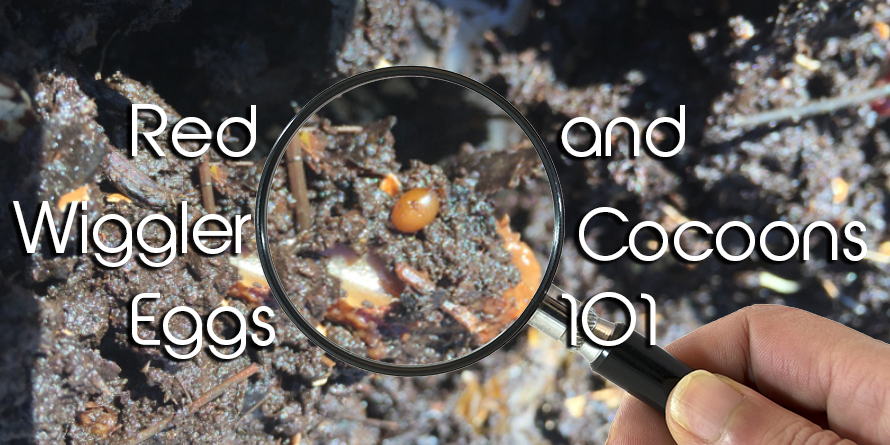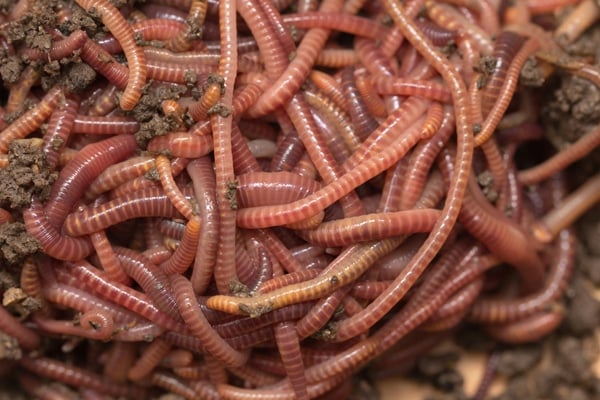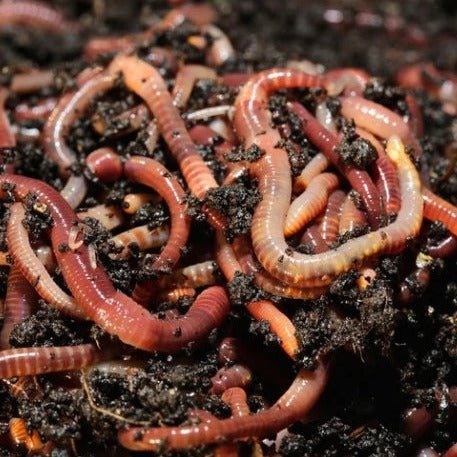Red Wigglers: The Unsung Heroes of Organic Waste Recycling
Red wigglers, or Eisenia fetida, offer as vital representatives in the organic waste reusing process, changing thrown out materials into useful vermicompost. As the globe significantly seeks solutions to fight waste accumulation and enhance farming efficiency, understanding the duty of these worms ends up being crucial.
What Are Red Wigglers?
The amazing durability of red wigglers, medically recognized as Eisenia fetida, highlights their critical duty in organic waste recycling. These little, reddish-brown earthworms are commonly located in breaking down raw material, such as compost heap and manure lots. Lake Hickory Bait. Unlike various other earthworm species, red wigglers grow in nutrient-rich atmospheres and are extremely effective at damaging down organic products, making them crucial for vermicomposting

(Red Wiggler Express)In enhancement to their duty in waste reduction, red wigglers add to dirt health and wellness by improving dirt framework and aeration via their burrowing tasks (Lake Hickory Bait). Their existence in composting systems not only enhances disintegration prices but additionally promotes a lasting strategy to waste administration, showing their relevance in eco-friendly preservation initiatives
Advantages of Composting With Worms
Composting with worms, specifically red wigglers, uses various benefits that improve both waste monitoring and dirt health. First, these worms effectively break down natural waste, transforming it into nutrient-rich vermicompost that improves soil. This procedure increases decay, permitting a much faster recycling of kitchen area scraps and various other organic products contrasted to conventional composting methods.
In addition, the vermicompost generated by red wigglers is bursting with useful microbes, which aid enhance soil structure, aeration, and dampness retention. This boosts the total health of plants, advertising strenuous growth and boosted yields in gardens and agricultural settings. Furthermore, the usage of worms in composting minimizes the manufacturing of greenhouse gases, such as methane, adding to an extra lasting waste management system.

Exactly How to Begin Vermicomposting
Establishing a vermicomposting system is an uncomplicated procedure that can produce substantial advantages for both waste monitoring and dirt enrichment. To start, select a suitable container, such as a plastic container or wood box, with sufficient air flow openings to guarantee correct air movement. The dimensions ought to preferably be around 2 feet by 3 feet, enabling ample room for the worms to thrive.
Next, prepare bed linens product, which can contain shredded paper, cardboard, or coconut coir. This bed linen needs to be moistened to produce a suitable habitat for the worms. As soon as the bed linen remains in area, present red wigglers (Eisenia fetida) into the container, usually around one extra pound of worms for each square foot of area.
Following the positioning of worms, add natural waste, such as fruit and veggie scraps, coffee premises, and smashed eggshells. With these steps, you will properly initiate a vermicomposting system that adds to sustainable waste management and improves your dirt.
Maintaining a Healthy Worm Container
(Lake Hickory Bait)Maintaining a worm container thriving calls for normal attention and like make sure the health of the red wigglers and the effectiveness of the composting procedure. Proper maintenance begins with checking the dampness degrees; the bin should be damp yet not saturated. A great rule of thumb is to maintain a consistency comparable to a wrung-out sponge.
Aeration is vital too. Gently mixing the bed linens and food scraps every couple of weeks avoids compaction and ensures that all worms have accessibility to oxygen. Additionally, it is essential to feed the blog here worms suitably. A balanced diet of fruit and veggie scraps, coffee grounds, and crushed eggshells should be offered in moderation to stay clear of overfeeding, which can bring about odors and bugs.
If the container becomes as well warm or chilly, the worms might become stressed. By diligently taking care of these aspects, one can maintain a durable and efficient worm container.
Influence On Sustainable Living
The successful upkeep of a worm container not only profits the health and wellness of red wigglers yet also adds substantially to lasting living methods. By reusing natural waste, such as kitchen area scraps and yard debris, red wigglers assist draw away substantial quantities of material from garbage dumps. This decrease in waste not just lowers greenhouse gas discharges however also lessens the environmental worry connected with waste monitoring.
Additionally, the castings created by red wigglers function as a nutrient-rich natural plant food, improving dirt health and advertising plant growth. This all-natural option to chemical fertilizers supports lasting agriculture and gardening techniques, reducing dependence on artificial inputs that can damage ecological communities. Furthermore, worm composting cultivates understanding of waste monitoring, motivating individuals and communities to adopt more sustainable behaviors.

Conclusion
In summary, red wigglers offer as essential contributors to organic waste reusing via their reliable disintegration of natural products. By integrating vermicomposting into waste monitoring strategies, individuals and areas can considerably reduce waste while promoting ecological sustainability.